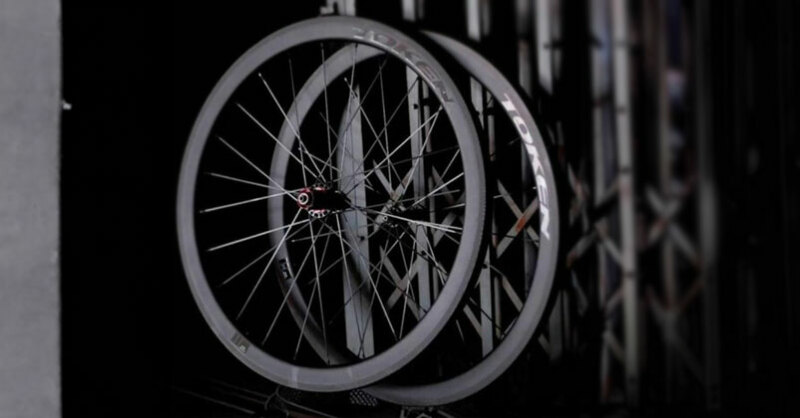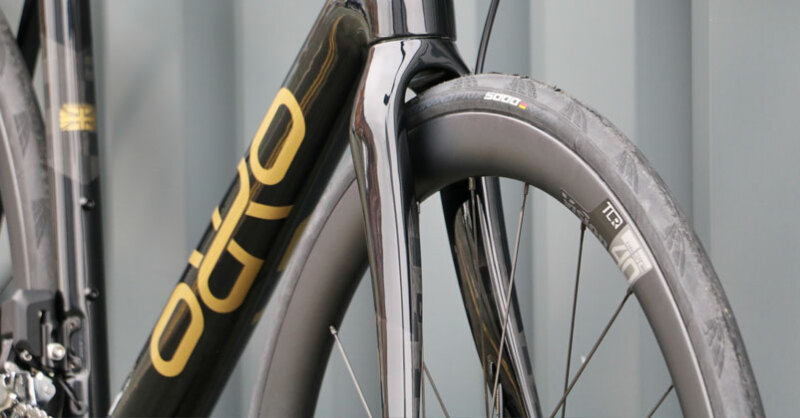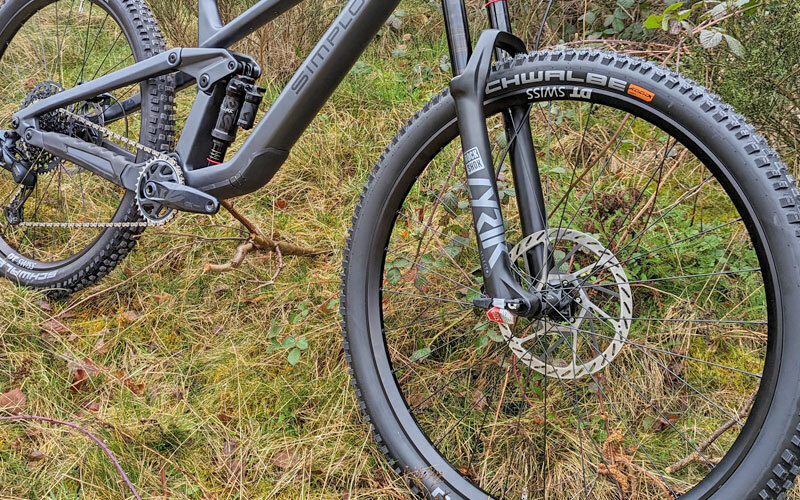Bike Light Guide
Lights are the one accessory which can most significantly improve your visibility on the roads and trails, both in terms of being seen by others and lighting your way.
.jpg)
When are they required?
According to the Road Vehicle Lighting Regulations (RVLR), it is illegal to ride on public roads between sunset and sunrise without lights. A white light should be showing at the front and a red light at the rear. However! Many accidents occur in the hour or so after dawn and before dusk, in the in-between times between day and night. Also, in the winter months there can be periods of gloomy darkness during the daytime which would be far more safely ridden with lights.
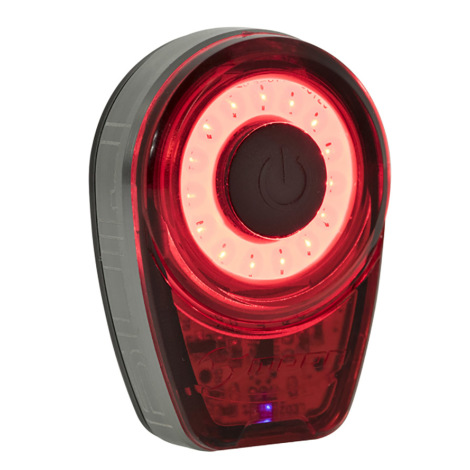
The other reason lights are needed is to draw attention to yourself, particularly to drivers. Modern vehicles give drivers many of the comforts of home, they can easily get relaxed and sleepy on their heated seats or easily distracted from their in-car entertainment system being hooked up to their phone. Obviously, the onus shouldn’t be on bike riders to be lit up like a Christmas tree to get the attention of these drivers, but unfortunately anything that can improve your chances of being seen on a bike is a good thing.
What do They Do?
Front lights make you visible to oncoming traffic, particularly at junctions, as well as pedestrians crossing the road. On partially lit and unlit roads, trails and tracks, front lights will light up the route ahead and literally shine a light on potential obstacles, such as potholes, animals and anything else which might be in your path.
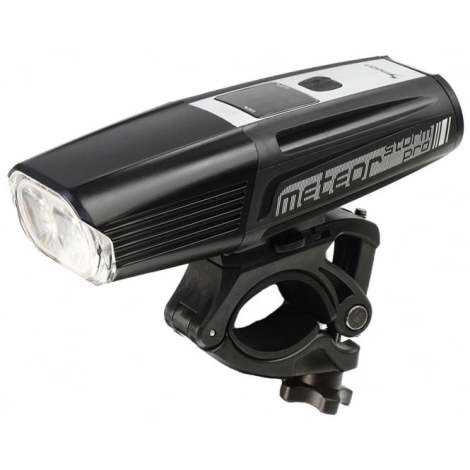
Rear Lights are primarily for bike riders to be seen by vehicles approaching from behind and also from side road junctions, where accidents can easily happen. The best rear lights offer visibility from the side as well as the rear.
Bike lights open up a wider range of uses for your bike. Whether it’s a night-time road training ride or an off-road session in the woods, nocturnal cycling activities are on the increase for good reason; they are fun, lights are better than ever, it’s challenging and you get to see your regular routes from an all new nocturnal perspective.
What are the Options?
Lights range from tiny flashers, ideal for daytime riding to add extra visibility, particularly in gloomier conditions, through to lights so powerful that they can light up the darkest places, where there are no street lights, such as trails, tracks and unclassified roads. There are a wide range of lights between these two extremes. Small yet powerful lights with a long run-time, quick charge time and resistance to water are what most light manufacturers are striving for. LED (Light Emitting Diode) technology transformed the lights market and has led to more cost effective, brighter lights becoming a mass market product.
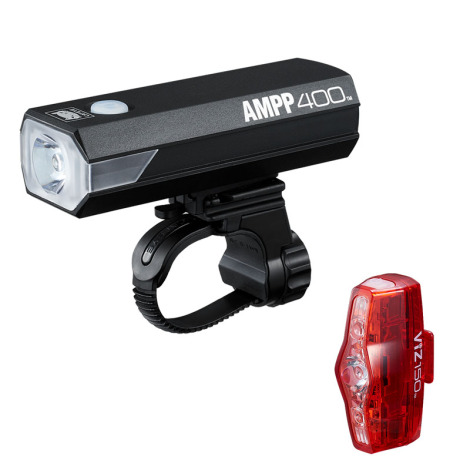
How are they Rated?
Brightness of lights is measured in the unit of Lumens. A good rear light may be around 10 lumens. A front light for use on roads lit by streetlights would be around 150 watts minimum. A light to luminate an unlit road or trail would need to be 500 lumens plus. Some front lights have a useful ‘dip’ feature to allow the switch between higher lumens and a more driver safe level of brightness.
Run-Time is the manufacturers estimated length of usage before batteries are fully drained. When selecting lights, it is worthwhile looking at lights with 30% more runtime than your usual ride requirement. Doing this allows extra allowance for manufacturer ‘optimism’ and delays you may face on your ride such as strong headwinds or punctures.
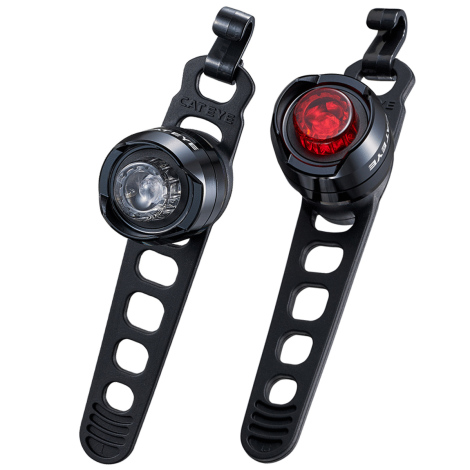
Do I need daytime running lights?
This is largely a personal choice. Car manufacturers often have daytime running lights (DRL’s) as a selectable option, safety pioneers Volvo fitted them a long time ago, motor-cyclists usually have them switched on too. On overcast, cloudy days, they are probably more worthwhile.
Power Options
Lights have moved from traditional batteries to built-in rechargeable battery & USB chargers. Modern LED lights feature a lithium-ion (Li-ion) rechargeable battery. Most of these are good for around 300-500 recharges before they will need replacing. Unlike older batteries, the lithium-ion batteries don’t have the same issues with charge memory, so there is no need to run the battery flat each time you use the light.
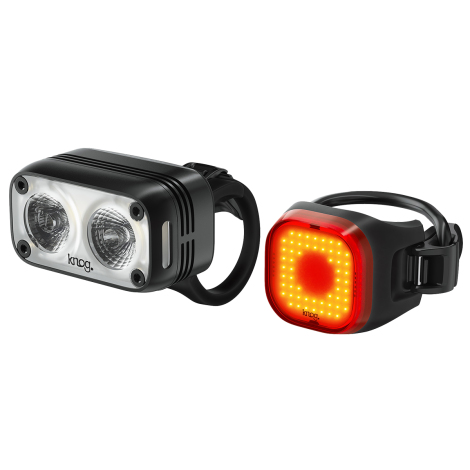
Riding with Lights - Anything else I need to Know?
If you are riding with lights on your daily commute, consider getting a small, inexpensive, back-up set to carry with you just in-case your main lights fail. As reliable as modern lights are, they will at some point stop working. Don’t get caught out without any lights if the worst happens and the light(s) go out.



